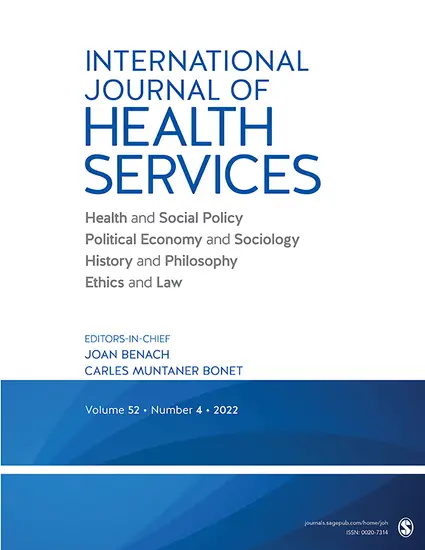
https://orcid.org/0000-0002-5718-3982
To control pharmaceutical spending and improve access, the United States could adopt strategies similar to those introduced in Germany by the 2011 German Pharmaceutical Market Reorganization Act. In Germany, manufacturers sell new drugs immediately upon receiving marketing approval. During the first year, the German Federal Joint Committee assesses new drugs to determine their added medical benefit. It assigns them a score indicating their added benefit. New drugs comparable to drugs in a reference price group are assigned to that group and receive the same reimbursement, unless they are therapeutically superior. The National Association of Statutory Health Insurance Funds then negotiates with manufacturers the maximum reimbursement starting the 13th month, consistent with the drug's added benefit assessment and price caps in other European countries. In the absence of agreement, an arbitration board sets the price. Manufacturers accept the price resolution or exit the market. Thereafter, prices generally are not increased, even for inflation. US public and private insurers control prices in diverse ways, but typically obtain discounts by designating certain drugs as preferred and by restricting patient access or charging high copayment for nonpreferred drugs. This article draws 10 lessons for drug pricing reform in US federal programs and private insurance.
Available at: http://works.bepress.com/sara-gerke/50/
